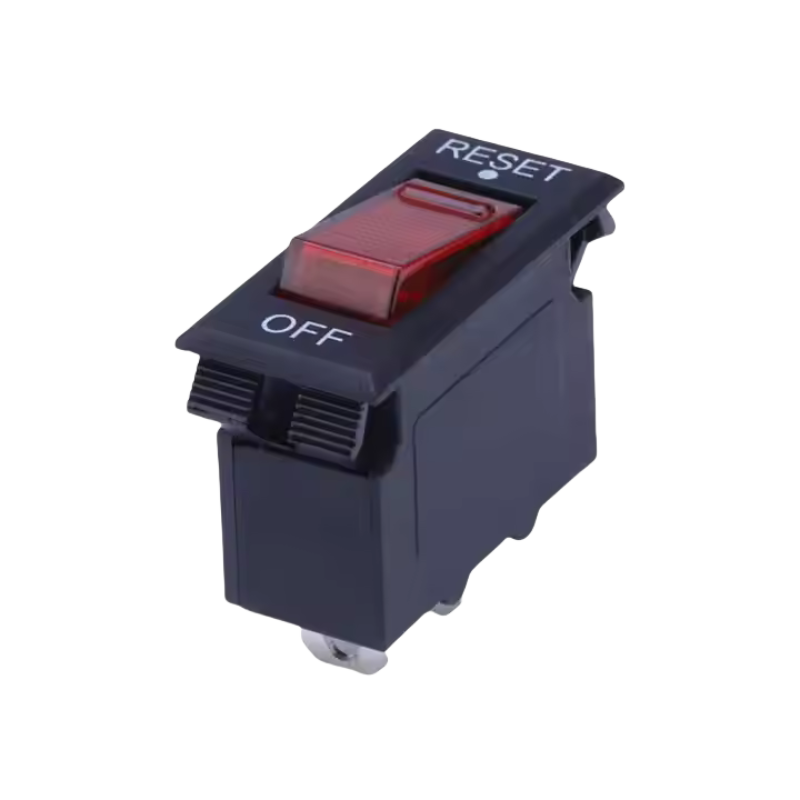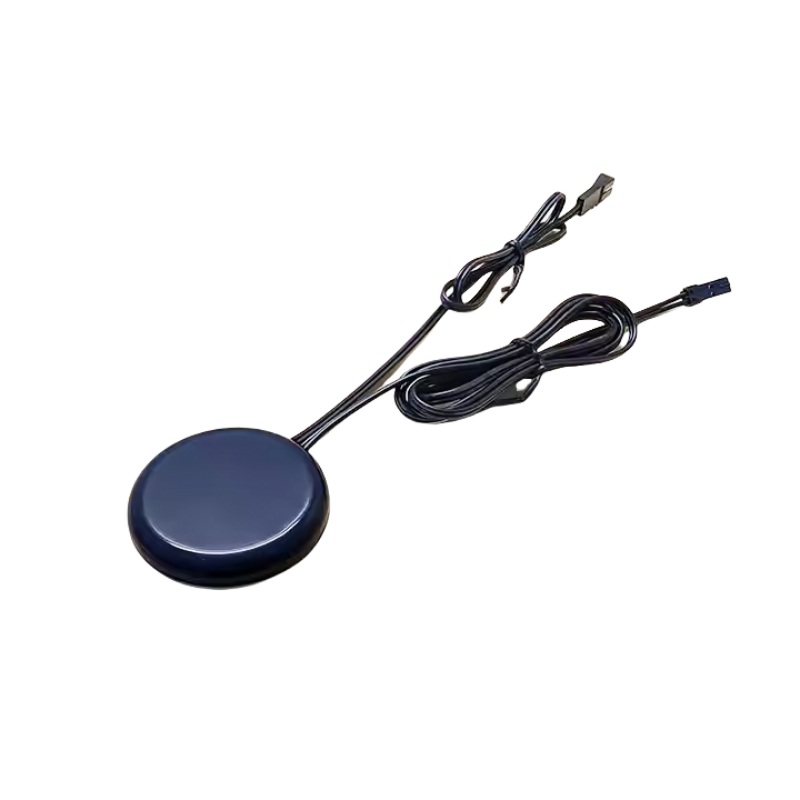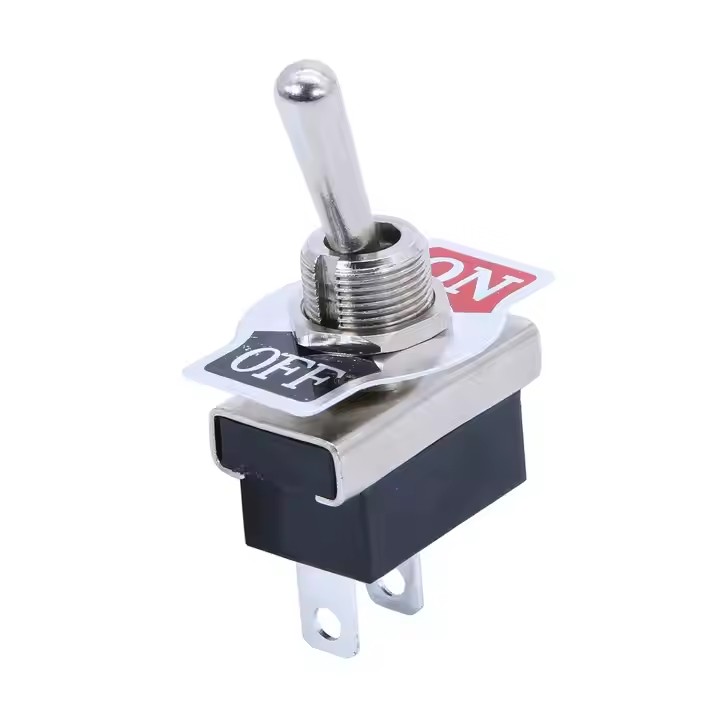Despite the rise of touchscreens and digital interfaces, mechanical switches like the rocker switch remain a go-to choice for engineers, designers, and DIYers around the world. With their tactile feel, clear visual feedback, and robust build, rocker switches provide a level of reliability and user interaction that digital alternatives often lack.
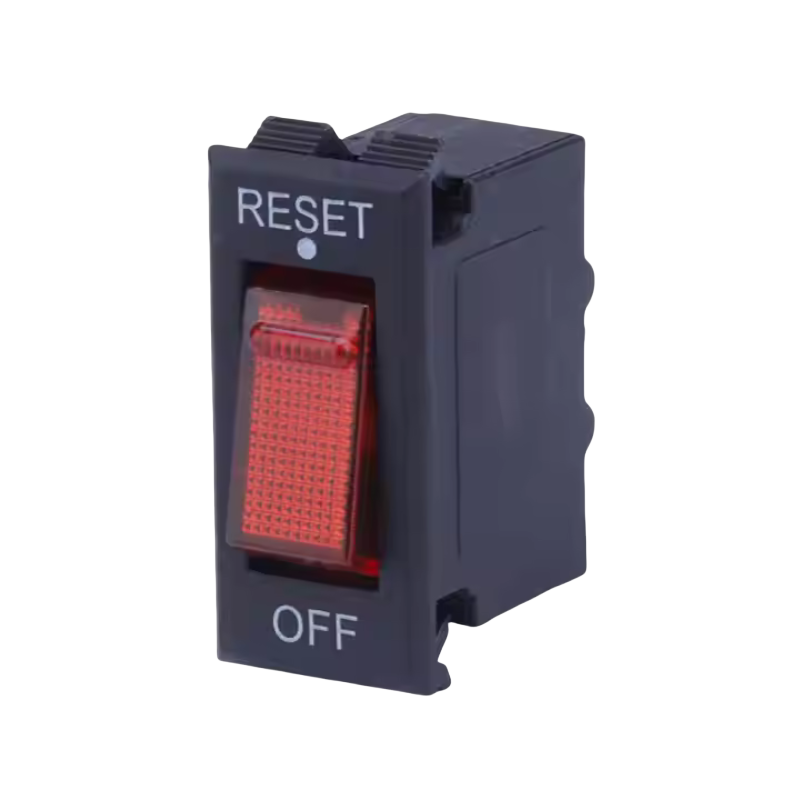
These switches are commonly used in automotive, marine, industrial, and consumer electronics due to their versatility and ease of integration. Unlike more complex control methods, rocker switches allow for quick and intuitive operation without the need for software or programming. Pressing one side turns the device on, pressing the other turns it off — a simple action that requires no learning curve.
The design of a rocker switch makes it suitable for environments where visibility and usability are key. For example, many models include LED indicators that light up when the switch is activated, making it easy to see at a glance whether a system is powered on or off. This is especially useful in dimly lit areas or during nighttime operation.
Rocker switches are available in a variety of ratings and configurations. Some are built for low-voltage applications like remote-controlled toys and vehicle accessories, while others are engineered to handle higher currents for use in power tools, compressors, and heavy machinery. Choosing the correct model depends largely on the intended use, including factors like voltage, amperage, and environmental conditions.
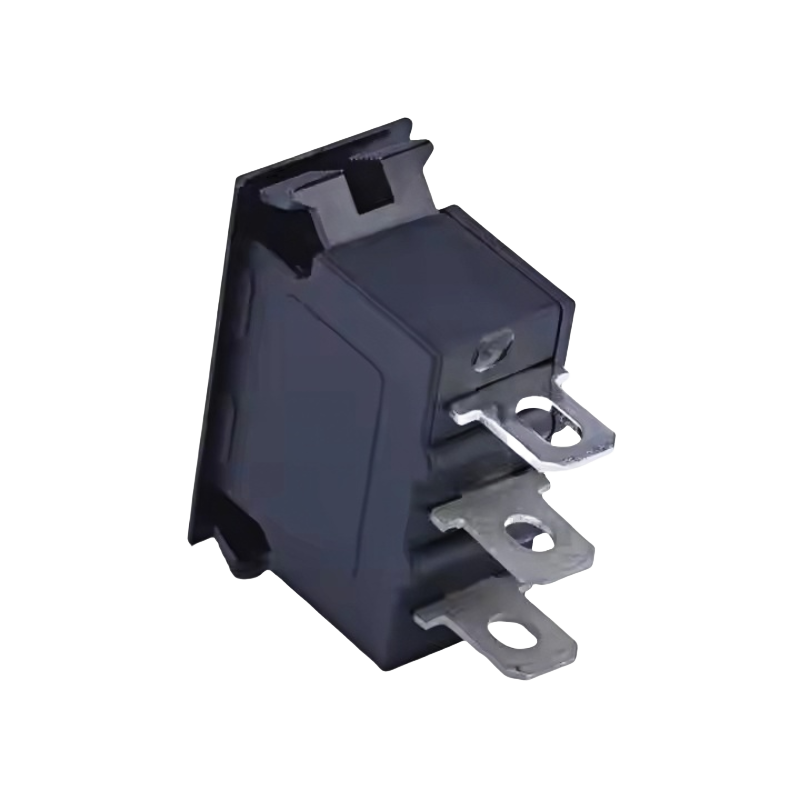
Another major advantage of rocker switches is their durability. High-quality models are constructed from resilient materials like thermoplastic, rubber, and metal, allowing them to endure frequent use and harsh conditions. Waterproof versions are especially popular in marine and outdoor settings, where exposure to water or dust could damage less protected components.
Installation is another reason for their widespread adoption. Most rocker switches are designed to fit standard mounting holes, making them compatible with a wide range of panels and enclosures. Once installed, they provide a clean and professional look, enhancing the overall appearance of any control interface.
Their popularity extends beyond commercial and industrial use — rocker switches are also a favorite among makers and electronics enthusiasts. From Arduino-based projects to custom-built dashboards, these switches offer a practical and stylish way to manage power flow in small-scale circuits.
While newer technologies may offer advanced features, they often come with drawbacks like reduced durability, increased cost, and dependency on software. In contrast, the mechanical nature of a rocker switch means fewer points of failure and longer service life, especially in critical applications where consistent performance is essential.
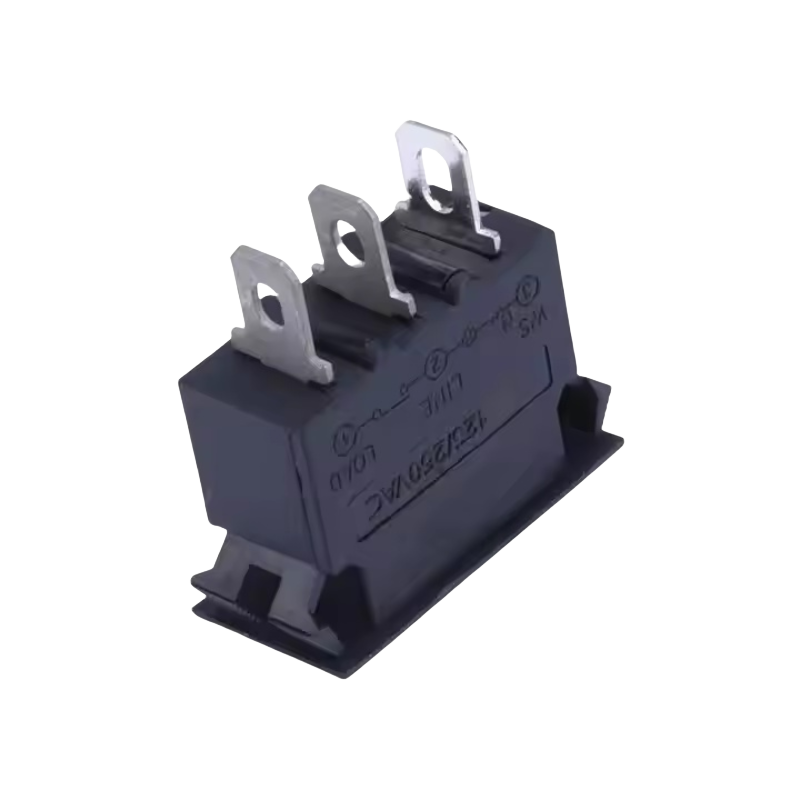
Ultimately, the continued use of rocker switches across so many fields speaks volumes about their effectiveness. They combine form and function in a way that meets the demands of both professional engineers and everyday users. Whether you’re upgrading a piece of equipment or starting a new electronics project, a well-chosen rocker switch can offer the perfect balance of performance, durability, and ease of use.

